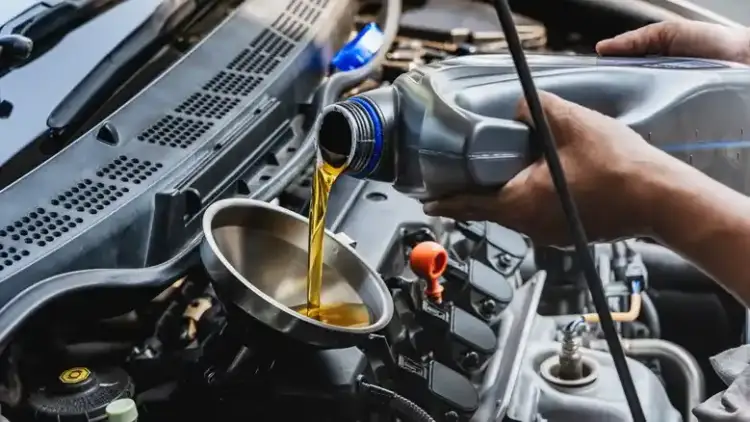The National Highway Traffic Safety Administration (NHTSA) announced that it will increase fuel economy standards by 2% for passenger vehicles and pickups through the model year 2031. This decision translates to a corporate average fuel economy (CAFE) target of 50.4 mpg, with different timelines for passenger vehicles and pickup trucks.
However, the real-world gas mileage target we see on EPA estimates, vehicle Monroneys, and in our cars' instrument clusters will be about 38 mpg. Many new cars, especially hybrids, already exceed that real-world fuel economy rating. It is also spread across an automaker's fleet of passenger vehicles, meaning that with more sales of hybrids and electric vehicles, automakers will still have the ability to sell gas-powered vehicles, though in fewer numbers.

The difference between the unadjusted fuel economy standard of 50.4 mpg and the adjusted real-world fuel economy estimate comes down to a series of adjustments issued by the government to automakers to encourage production of cars that generate fewer emissions and historically lessen our dependence on foreign oil.
These adjustments range from credits for using "climate-friendly" refrigerants in air conditioning units to credits for electric vehicles, as well as credits automakers can purchase to offset emissions.
Under the new rule, the NHTSA adjusted its expectation of the proportion of electric vehicles that would make up new car sales by 2032. The expectation was downgraded from 67% in the NHTSA's proposal last year to 56% by 2032, in addition to at least 13% plug-in hybrids.

Overall, the new standards represent a downgrade from a 4% target improvement for light-duty trucks, or an overall 58 mpg unadjusted target, that was proposed in July 2023, and resisted by most automakers.
The expected cost to automakers out of compliance with the downgraded standards varies wildly. Automakers suggest it can cost them more than $14 billion to be out of compliance with CAFE standards, yet the Union of Concerned Scientists targeted that possible fee at $691 million.
The fuzzy math extends to what consumers can expect. The 2% increase in fuel economy standards on passenger cars from 2027-2031, as well as the 2% increase in light-duty trucks (including four-wheel-drive SUVs) from 2029-2031, should save consumers $600 in fuel costs over the lifetime of their vehicle, the NHTSA estimates.

Heavy-duty pickup trucks and delivery vans have a 10% target increase between 2030-2032, then 8% from 2033-2035, resulting in an unadjusted target of 35 mpg, or an adjusted real-world estimate of 26.4 mpg. Heavier vehicles, even the SUVs favored by most U.S. drivers, contribute 20% more carbon dioxide emissions than midsize cars, according to the International Energy Agency (IEA).
That could preserve almost 70 billion gallons of gas through 2050 and prevent more than 710 million metric tons of carbon dioxide.
As ever, CAFE targets change with prevailing market and political conditions. A decade ago, the target CAFE for passenger vehicles was 54.5 mpg.













